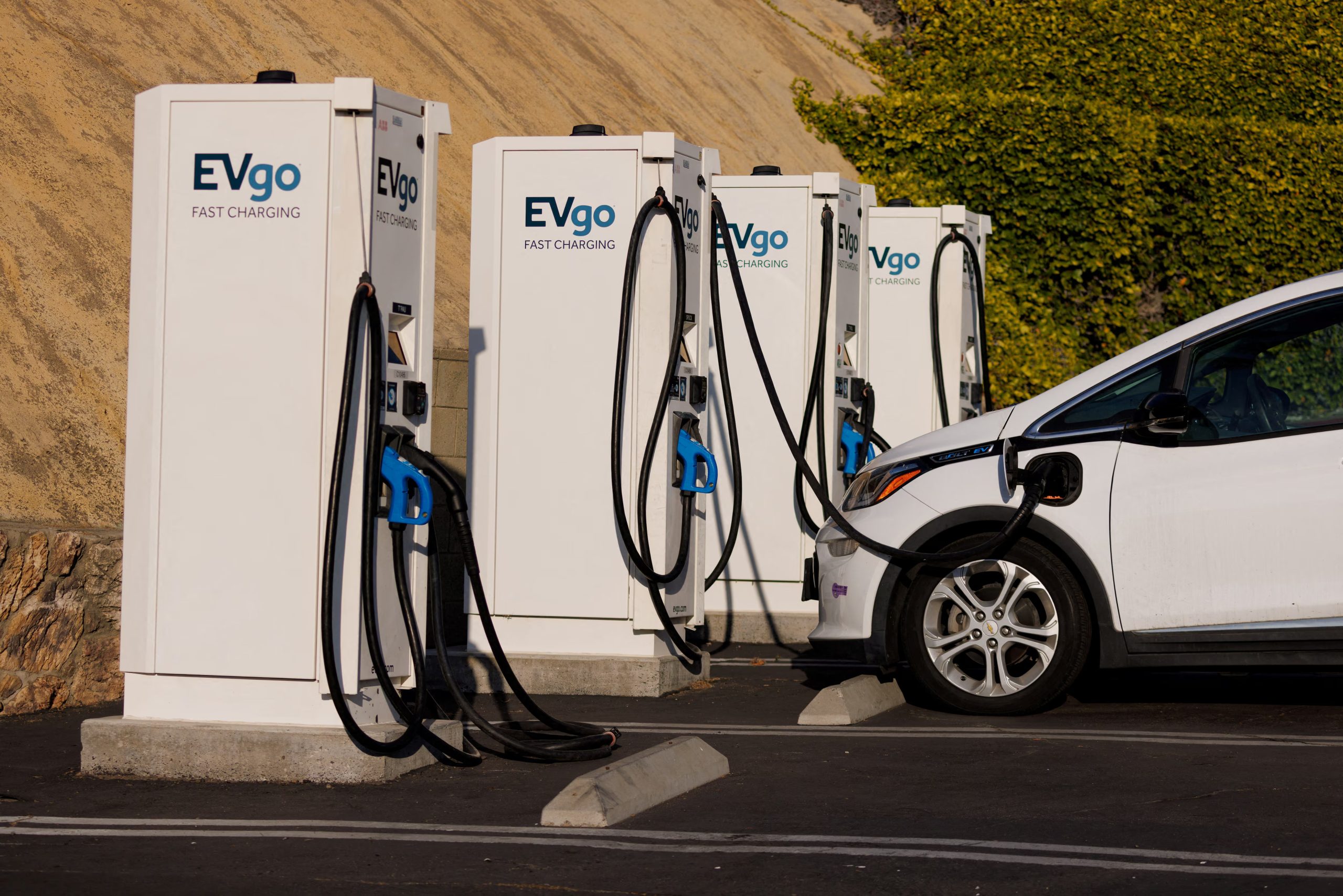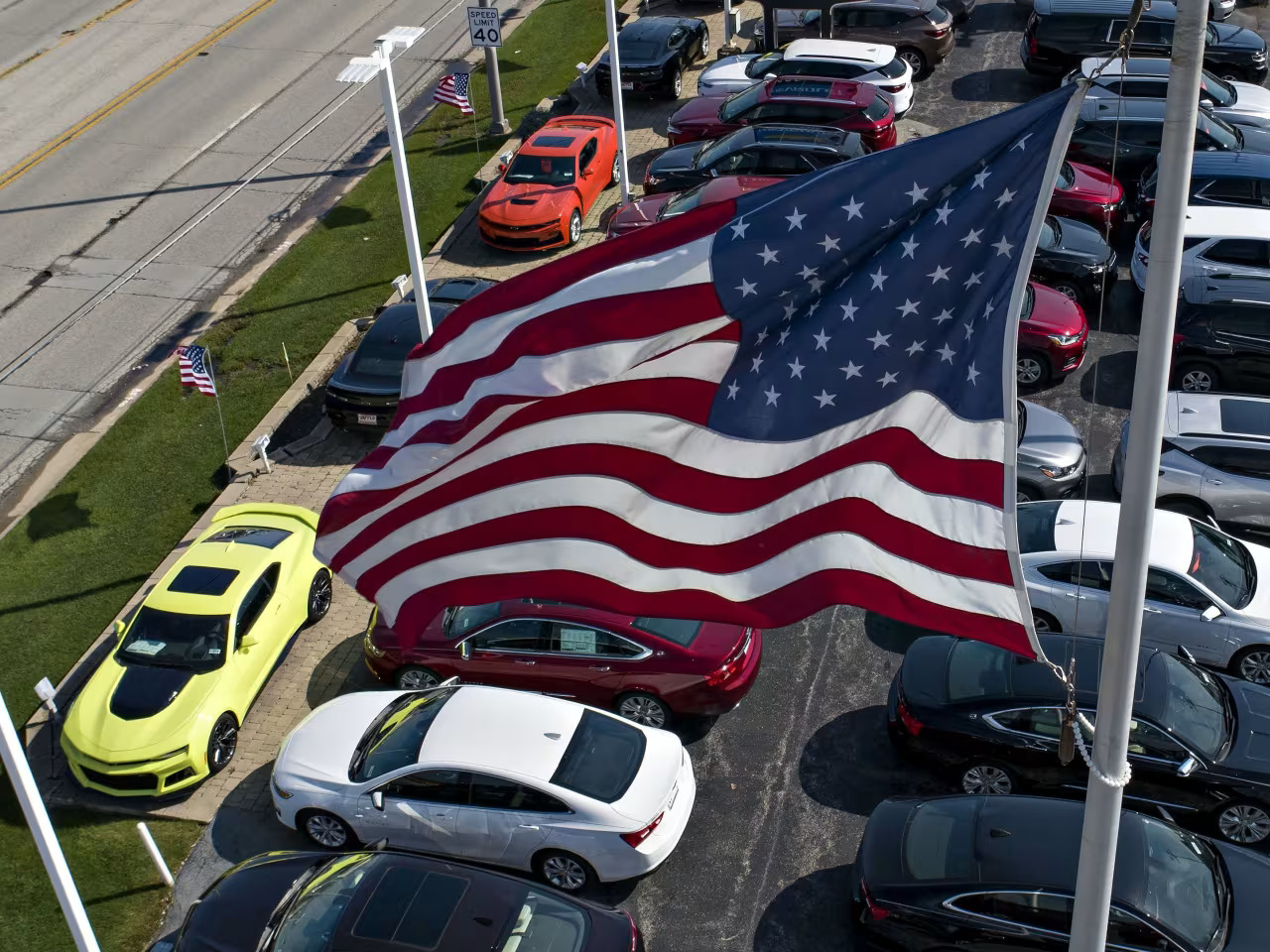The auto industry is currently undergoing a period of significant transformation, driven by the transition to electric vehicles (EVs), the influence of new tariffs, the growing competition from Chinese automakers, and a complex mix of global regulations. As President Trump begins his second term, there are concerns about how his administration will affect these challenges. The question many are asking is whether Trump can help restore the industry’s success, or if his policies will deepen the ongoing issues automakers are already facing.
Emissions regulations have been a major point of contention in the automotive sector. Under the Biden administration, aggressive fuel economy standards were set, aiming for over 50 miles per gallon by 2031. For automakers already struggling to meet these targets, non-compliance could result in billions of dollars in penalties. Meanwhile, automakers like Tesla gain financially by selling emissions credits to others. Trump’s potential rollback of these stringent standards could be beneficial to companies like Stellantis, who have been hit with significant costs. However, automakers that have heavily invested in EV production, like Ford and GM, might prefer stricter regulations to accelerate innovation and meet long-term sustainability goals.
The Financial Impact of Emissions Regulation Changes
The possible reduction in emissions standards could have both positive and negative consequences for automakers. Brands like Stellantis, which have faced significant penalties for failing to meet standards, would benefit from less financial exposure. On the other hand, automakers such as Ford and GM, which have made large investments in EV manufacturing, might struggle with their financial commitments. Ford, for example, is projected to lose over $6 billion in 2024 from its EV division. A reduction in emissions standards could alleviate some of this financial pressure, but it may also slow the industry’s move toward a greener future, potentially creating long-term challenges for the sector.

Tax credits and incentives under the Inflation Reduction Act (IRA) have been a crucial tool in supporting the U.S. EV market, with the government funding billions to encourage EV production and adoption. However, provisions like the $7,500 consumer incentive have come under scrutiny, particularly due to loopholes allowing incentives for leases regardless of the buyer’s income or the battery’s country of origin. These loopholes have benefited foreign automakers and caused some concern among critics. The Trump administration’s opposition to these loopholes could have a significant impact on the EV market, potentially reducing financial support for automakers, especially those from Korea and Japan. Closing these loopholes could limit financial risks for companies but may also slow the widespread adoption of electric vehicles.
Tariffs: Concerns Over North American Production
Automakers are increasingly concerned about the Trump administration’s stance on tariffs, particularly those targeting vehicles and parts made in Mexico and Canada. Mexico accounts for 16% of vehicles sold in the U.S., and Canada produces an additional 7%. A potential 25% tariff could increase costs by $50 billion for parts alone, which would be passed down to consumers in the form of higher vehicle prices. This move could disproportionately affect lower-cost vehicles, such as compact sedans and SUVs, which are primarily manufactured in Mexico. The added expenses could lead to higher prices for consumers and exacerbate the ongoing affordability crisis in the automotive market.
The direction of the auto industry in President Trump’s second term will depend on how the administration addresses these complex issues. Automakers have already invested billions in EV manufacturing and cannot easily abandon these efforts, but profitability remains a major concern as they navigate regulatory changes. Finding a balance between new policies, consumer needs, and business strategies will be crucial for ensuring the industry’s future success. The cooperation between policymakers, automakers, and consumers will be essential to overcoming the challenges ahead and securing the industry’s long-term viability. With significant financial risks on the horizon, President Trump will need to make thoughtful decisions to steer the industry toward a stable and prosperous future.

